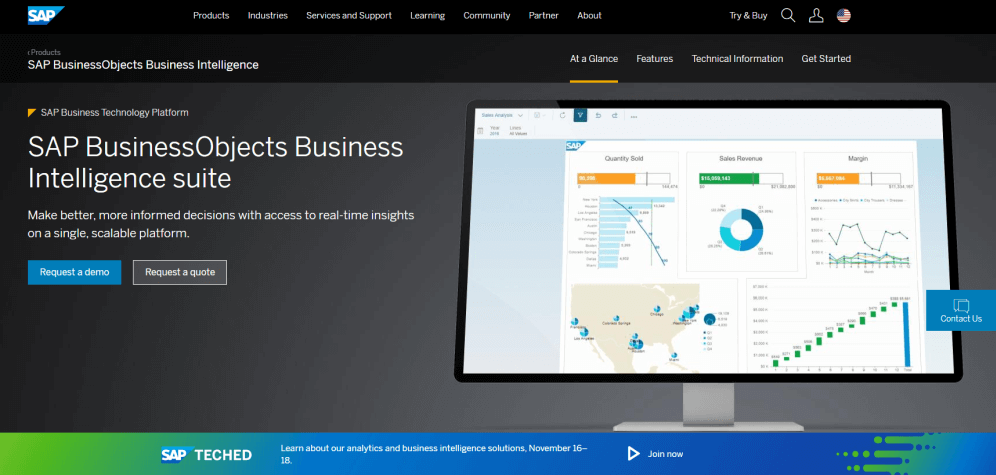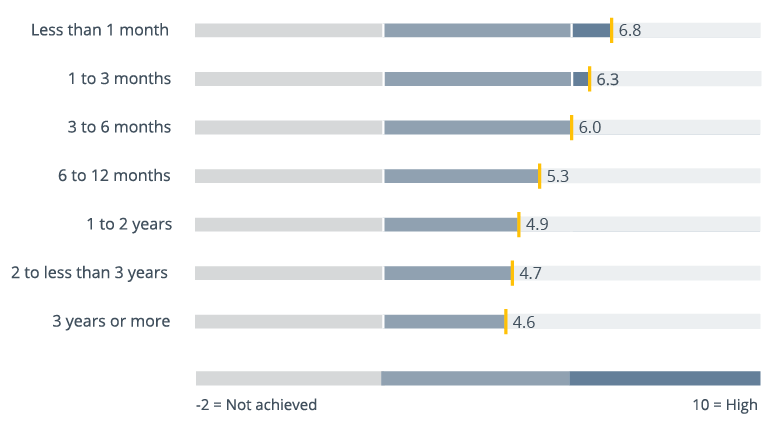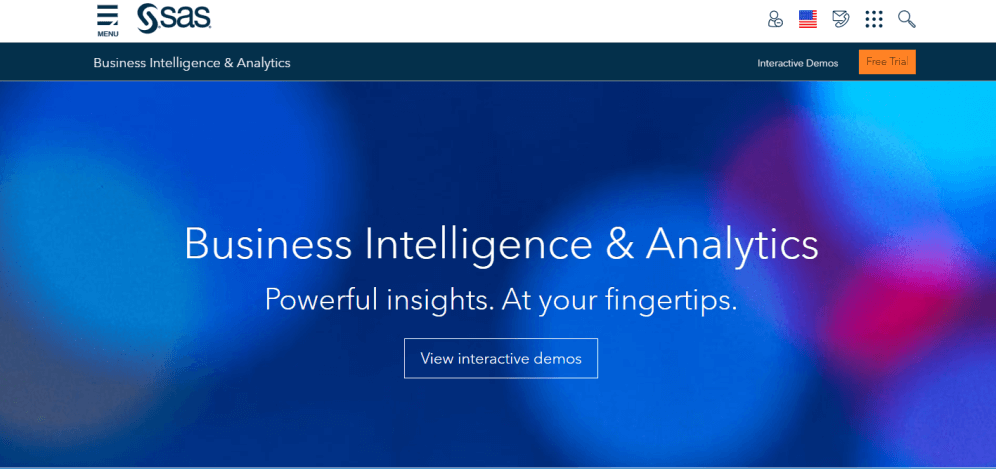

A retail or e-commerce brand, however, concentrates on order picking accuracy or distribution center expense as a percentage of revenue. A business that offers a subscription-based service, like many SaaS businesses, may be most concerned with their churn rate. Even direct competitors within an industry are likely to focus on different sets of KPIs tailored to their specific business strategies and management practices.įor example, while stock price per share is the most widely accepted KPI for public companies, a privately held startup may instead focus on the number of new customers each quarter ornumber of sales. The scope of key performance indicators varies from business to business. An analysis of Google search history for the term "KPI" shows its constantly increasing relevance.

Business measurement has recorded history starting in 1494. KPI measurement isn't a new business management fad or trend. They help businesses establish and move toward short and long- term goals. It's also why key performance indicators are so valuable. This is the bedrock of data-driven improvement. You can't measure improvement without a baseline against which to compare. What Deming meant, in layman's terms, is that the end result of any work output should be quantifiable. Edwards Deming once said, "An operational definition is a procedure agreed upon for translation of a concept into a measurement of some kind." That's a complex statement to make a simple point.

These measures represent how well an organization, department, work group, product, or even an individual employee is performing. KPIs are often expressed as ratios or percentages. However, the current landscape of Business Intelligence systems leaves a lot to be desired.What is a KPI? A Definition and Examples.Ī key performance indicator (KPI) is defined as a measurement used to analyze and track the performance of business operations over a set period of time. It should also be accessible to everyone in the organization. Good business intelligence systems should provide you with an effective way to measure metrics and indicators. Where current Business Intelligence systems are failing And a boost in productivity means happier employees, which then leads to happier customers. And providing access to relevant metrics helps employees in understanding where they stand in reaching their goals. Processes become less erratic, and more goal-oriented.ĭata visibility is power. This sort of data transparency also motivates employees. Tracking these metrics as it’s happening in the present, also helps you understand where you’re succeeding, and where you need to ramp up. And further enabling better decision-making. Thus, allowing you to align your strategies with your business activities. Bird’s eye view of dataĪ good Business Intelligence system lays all your data in front of you- both historically and in real-time. But now, these systems are becoming more accessible for everyone within the organization. In the past, IT professionals were the primary users of Business Intelligence systems. What are the benefits of Business Intelligence systems? And not only for those amongst the C-suite, but for employees as well. Knowledge management (learning management, regulatory compliance)Īs processes become more complex, enterprises demand for a system that keeps up.Data sharing and electronic data exchange., statistical and predictive analysis, modelling, etc)


 0 kommentar(er)
0 kommentar(er)
